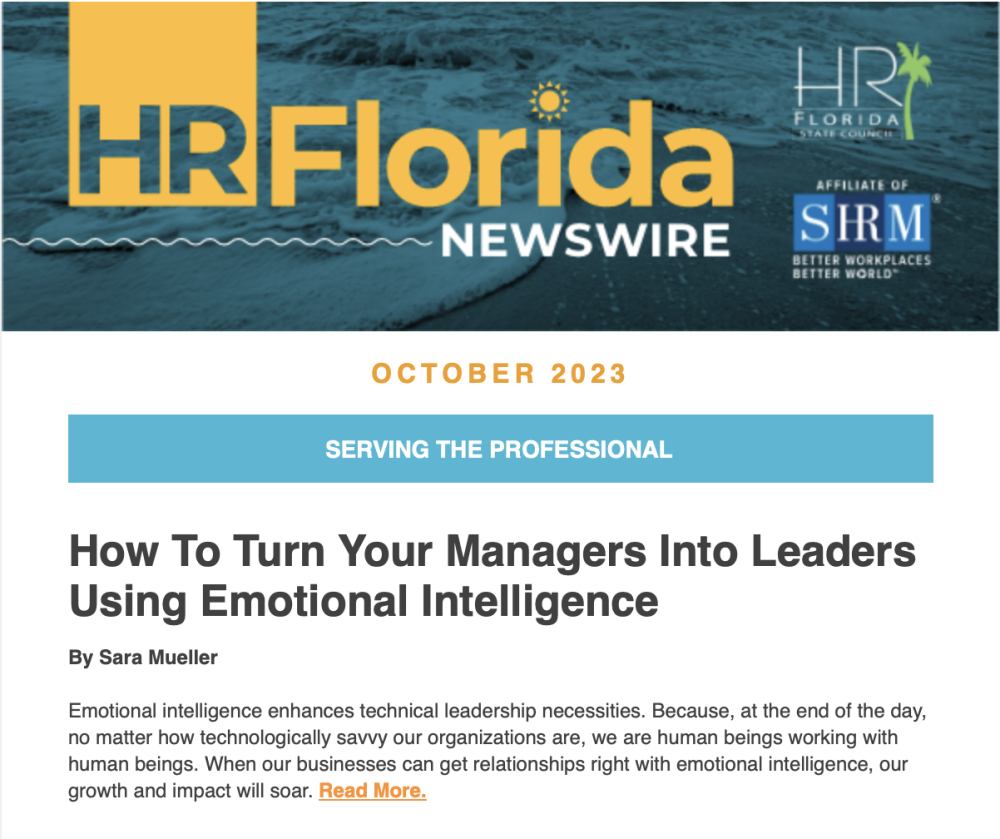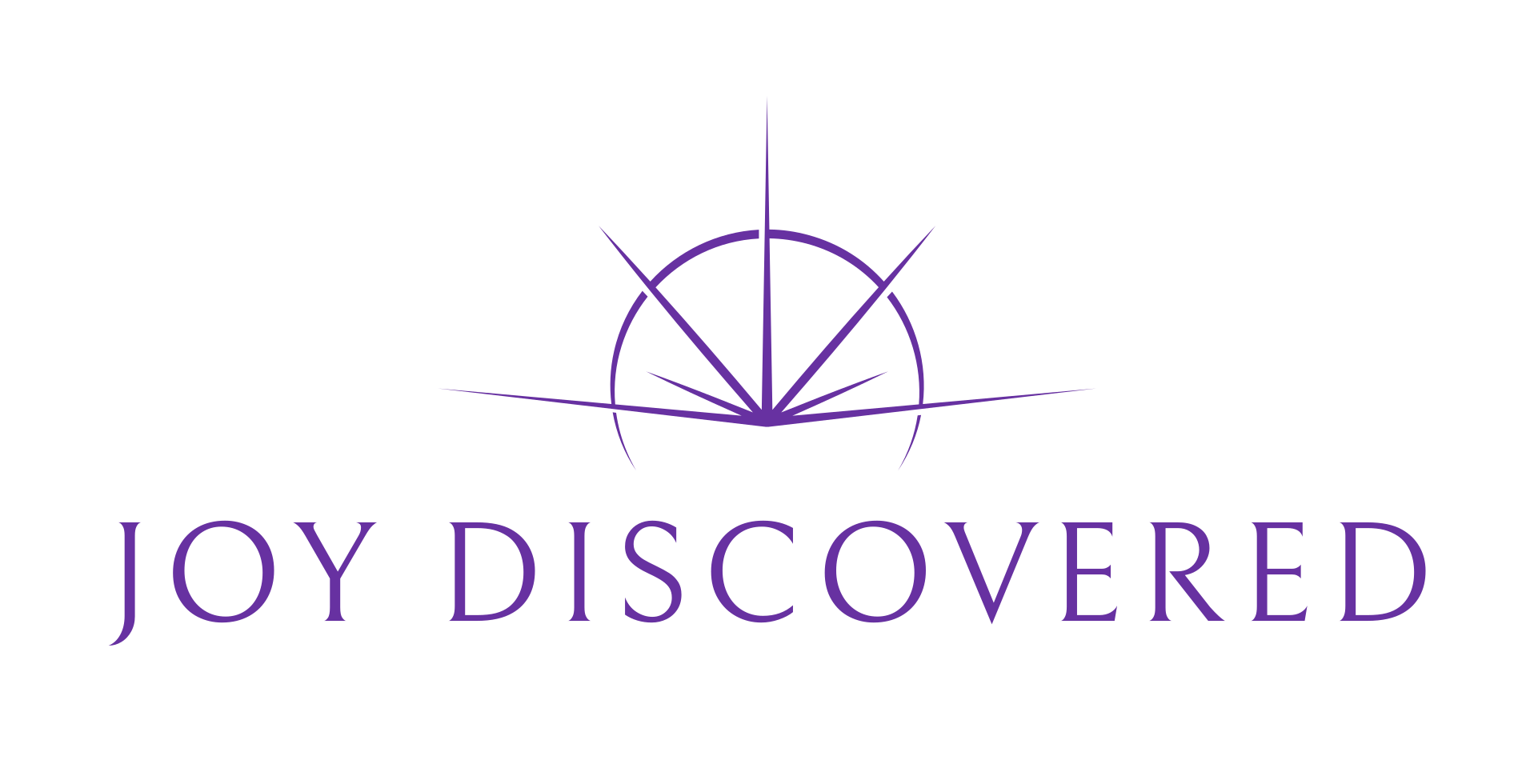How To Turn Your Managers Into Leaders Using Emotional Intelligence

The Reality:
Long gone are the days of 20th century leadership that was coercive, top-down, authoritative, and militaristic.
Long gone is the loyal-for-the-long-term workforce that sucked it up when things got tough, worked hard long hours without complaint, and were happy just getting a paycheck every two weeks.
With more gender and cultural diversity in the workplace than ever before and multiple generations represented, more employees are motivated by:
- Working for an organization whose mission is in line with a greater purpose
- A deep desire for growth and visible progression
- Flexible work/life balance
The Data:
In 2021, Gallup found that only 36% of US employees were engaged at work. This disengagement drastically reduces employee retention, productivity, and how efficiently a leader can implement new initiatives.
A study by CPP Global found that Americans spend an average of 2.8 hours per week dealing with conflict at work, with the primary cause of this workplace conflict being personality and ego clashes (in other words: human or relationship issues).
Harvard Business Review reported that 2/3 of managers are uncomfortable communicating with their employees.
A Vital Smarts study found that 70% of people avoid difficult conversations with their boss, coworker, or direct report.
In other words: Difficult, yet necessary conversations are, for one reason or another, heavily avoided in the workplace.
The Consequences:
Organizations are full of disengaged employees, frequent work conflict, ego clashes, avoidance behavior, attitude… or much worse – are empty (aka suffering staff shortages).
Chances are if you’re still leading with the techniques mentioned above, your organization is starting to mirror these statistics.
“SORRY, NOT SORRY,” says the workforce.
So how do you navigate the changes? What do you do with this information?
…Click here to read the SOLUTION — from my most recent published article in HR Florida Newswire

What's your greatest take-away from this blog? Any questions?